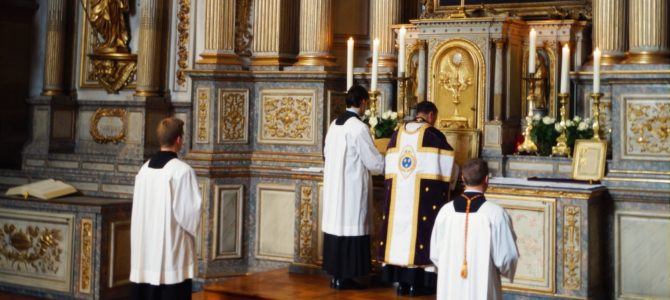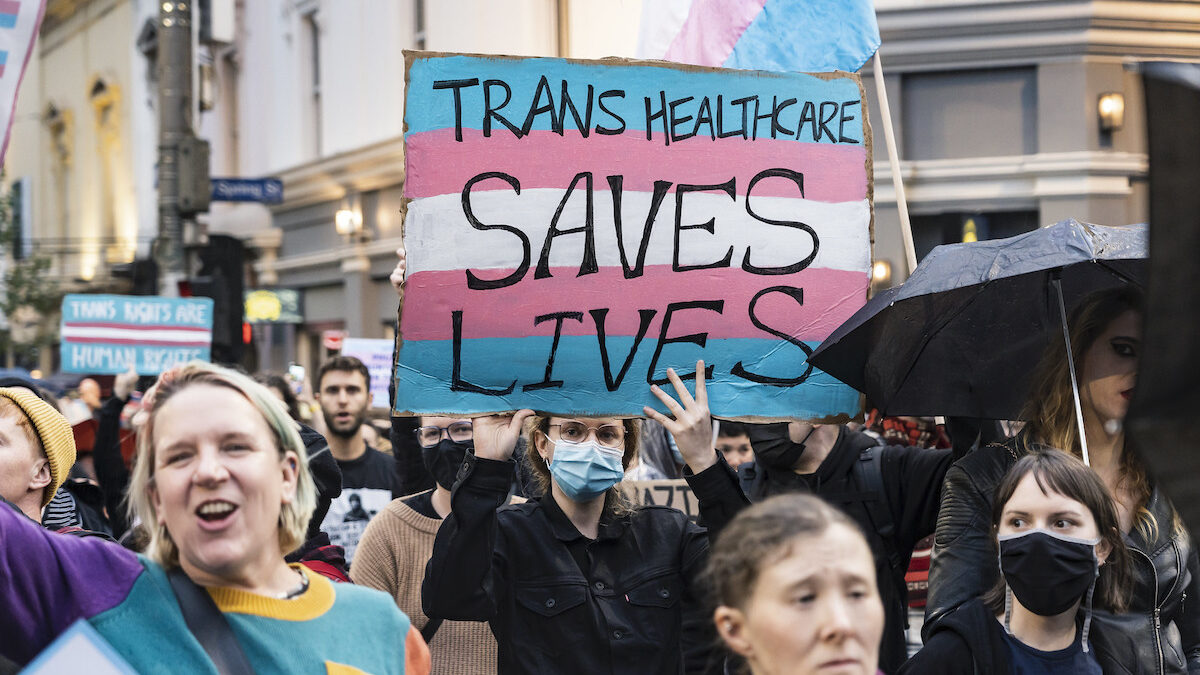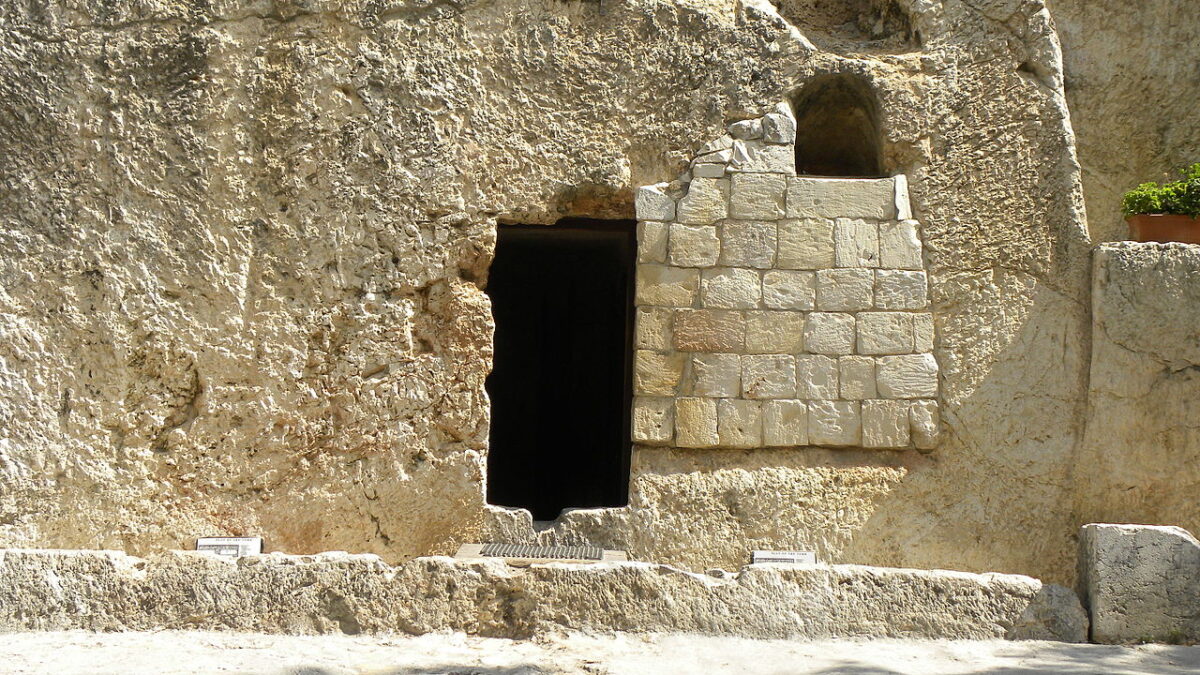
The Catholic Church, along with many other Christian denominations, has more than a few problems to address: loss of religious freedom, heretical beliefs becoming mainstream, mass pornography addiction, huge drops in attendance, and reopening churches after COVID-19 lockdowns. Churches have been devastated by these challenges, some never to recover. Moreover, the general incompetence, corruption, and weakness of so many faith leaders only worsen the situation.
Despite all that, if one read one of the several recent essays and statements from prominent Catholic bishops and writers, they’d be forgiven for thinking the real problem facing the church is traditional believers, a toxic and radical bunch who endlessly troll well-meaning (if sometimes heretical and abusive) bishops and priests, use the label of tradition to vent their innumerable prejudices and excuse their own personal mediocrity, and whose men are cowards who take to social media to score points against modernity.
The most recent piece against traditional Catholics was from a well-known advocate of traditional Catholicism, Steve Skojek. In a long and quite personal article, Skojek concludes so much of traditional Catholicism is “a long-running Live Action Roleplay — a LARP — in which participants act out what they think Catholicism looked like in ‘the good old days’ while perpetually running down any kind of Catholicism (or Catholic who practices it) that isn’t traditionalism.” He laments the snobbery, excessive nostalgia, pettiness, and hypocrisy that predominate in the traditional world.
I sympathize with Skojek and agree with him on many points. Having written a similar criticism almost two years ago, I have many of the same qualms. Some traditional Catholics tend to cut themselves off from reality to the detriment of themselves and those around them. This causes many of them to be socially awkward, out-of-touch, and paradoxically smug about all of it.
Unlike Skojek and his many like-minded followers, however, I don’t feel betrayed, nor do I feel threatened like Bishop Barron and others. I believed, and still believe, that traditional devotion and religious practices are the way forward, particularly today.
In a world filled with falsehoods, evils, and ugliness, the truth, goodness, and beauty of the Traditional Latin Mass is critical. Maureen Malarkey articulated this wonderfully in The Federalist, even as she strongly disagreed with my argument:
It asserts vital differences between the everyday and the sacred, not between themselves and other Catholics. The rite acts as a custodian of our routes to reverence. Its formality signals an etiquette appropriate to address the Father Almighty, maker of heaven and Earth. Patrem omnipotentem, factorem coeli et terrae.
Sadly, most services, Catholic or otherwise, rarely come close to achieving something similar, featuring stubborn holdovers of Baby Boomer aesthetics such as felt banners, childish artwork, and music that sounds like it comes from the Carpenters. Priests start their sermons with a lame joke before delivering endless platitudes about being nice and donating to the bishop’s annual appeal. Needless to say, this doesn’t exactly enflame hearts and minds.
By contrast, the Traditional Latin Mass does set congregations on fire. In general, most traditional Catholic parishes are young, energetic, and fecund. Large, well-dressed families are common. Individuals are deeply pious, praying the Rosary daily, attending Adoration, going to confession frequently, and making a point of reading more about the faith. The men are masculine, take care to be responsible breadwinners and strong leaders, while the women are feminine, managing their households and supporting their families.
Sure, exceptions exist, and many people fall short, but hope springs eternal and confession is always available. One of the beautiful things about traditional Christianity is that struggles are accounted for and expected.
Working a job, supporting a family, taking care of oneself, and participating in one’s community while making it to Mass, reading scripture, and keeping up a serious prayer life is not easy — but it is possible. Traditional Catholics seem to understand this, maintaining the reverence and rigor, but the rest of the church keeps looking for ways to make it easier, watering down the faith at every turn.
For this reason, traditional Catholics are the best positioned to confronting the forces buffeting Christianity. They know all too well that the secular world is fatally compromised morally and intellectually. Attempts at ameliorating modern culture or engaging in a dialogue have accomplished little besides confusing the faithful and emboldening enemies. Maybe rapprochement with the world was possible in the past, but it is a suicidal fantasy today.
Nowhere was this bitter truth been more apparent than in the last year when nearly all churches were shut down. Most Christians had to worship virtually for months, even being forced to celebrate Easter at home. By the time government restrictions were lifted or relaxed, most churches, especially Catholic parishes, maintained them and even reinforced them — almost as if they didn’t want people to come back.
Meanwhile, most traditional parishes reopened as soon as they could and ditched the mask mandate. Social distancing guidelines and occupancy limits were only loosely imposed. For many of us, our time at Mass was one of the moments where we could forget about the virus for a little while. It was glorious.
As such, since the beginning of this year, I’ve been sitting shoulder-to-shoulder with other families at Mass, with my two toddlers on each knee, and an unmasked smile on my face. I observe the other families, occasionally listen to the priest’s homily, and recollect myself. Making my way to the altar, I kneel for Holy Communion and feel restored afterward.
At the same time, priests at other parishes in the same diocese are removing pregnant mothers during Mass. They are spacing out the handful of congregants and have replaced their basins of holy water with hand sanitizer stations. They deny the Eucharist frequently to people who somehow don’t comply with the new rules. Some will probably follow the lead of the diocese of St. Louis and segregate vaccinated and unvaccinated congregants.
This stark contrast between traditional and mainstream Catholic parishes is significant. The much smaller community exhibits far more confidence, strength, and overall appeal than the much larger community that has hitherto enjoyed a monopoly on souls. The former seems primed to take over serving what’s left of the faithful while the latter is determined to continue its decline.
This leaves Catholics and other Christians with a choice: do they stay with the established church that’s comfortable, or do they join the dynamic church that threatens to set them apart from the rest of the world?
Nearly a decade ago, Pope Benedict XVI predicted a smaller, more fervent Christian community. That time has come. Christianity is contracting right now, with many milquetoast believers abandoning their church to join the rest of the world. The only people left in the pews will be those odd traditional types who seem so out of step with everything.
This is no cause for gloating, however. Rather, this reality should prompt all traditional believers to properly rise to the occasion. By all means, they should dispense with petty squabbles on Twitter and antisocial tendencies that naturally arise from being different from the norm. They should know traditional Christianity will soon become the norm, and many spiritually homeless people will come knocking.
This isn’t the moment to retreat from the world and wait out the storm. It is time to open the doors and take in the refugees. Like living a devout life, this change won’t be easy, but it is both possible and deeply necessary.









